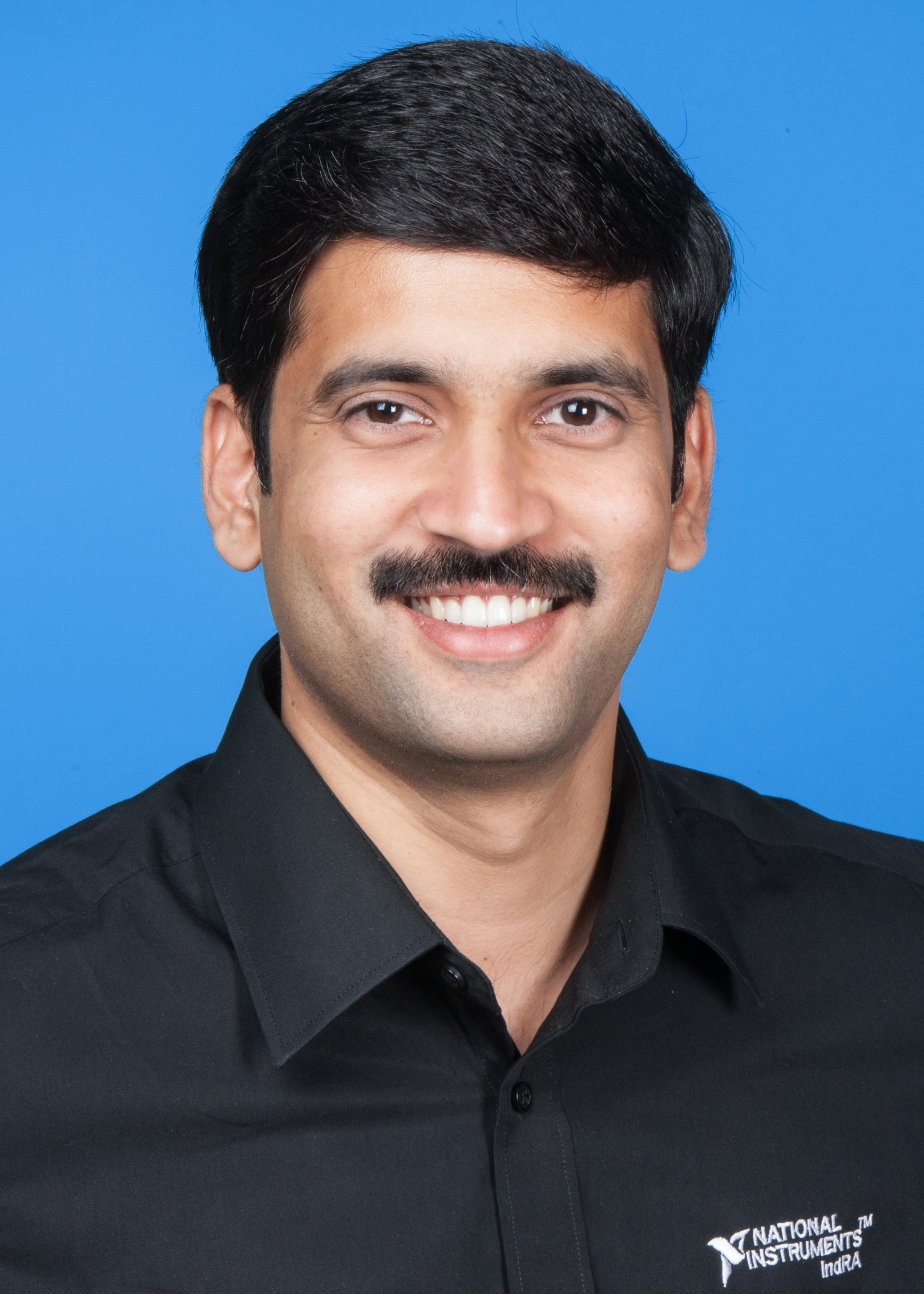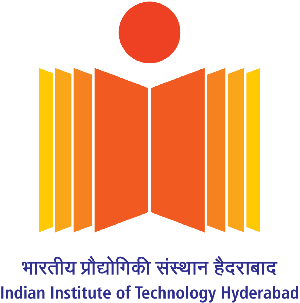
| Dr. David A. Maltz, Microsoft USA
Title:Beyond Software Defined Networking: When Software Isn’t Fast Enough
Abstract:
The success of cloud computing stems from the ability to take extremely large pools of physical servers, connect them by a massive shared network, and then carve up those resources into separate virtual networks assigned to different tenants. For years, the ability to give each tenant an isolated virtual environment, configured exactly the way they want it, has depended on Software Defined Networking (SDN). In turn, Software Defined Networking has depended on software-based virtual switches running on the servers to modify each tenants’ packets in ways that create the isolation. This worked fine when servers had 10 Gbps network interfaces, but as network speeds have increased to 40G and above, the Software in SDN has become a bottleneck to stable performance. In this talk, I will explain how computing clouds like Azure use SDN to virtualize network resources and the limits of that approach. I will then explain how and why Microsoft deployed FPGAs into nearly all our servers, so that programmable hardware offloads can be used to create blazingly fast and predictable networks while still providing the flexibility of software-based solutions. I will end by sketching some of the other things that become possible once FPGAs are present on every server, such as machine-learning and deep neural networks of unprecedented scale. This talk will be of interest to those that want to learn how cloud hosting platforms work, the state of the art in cloud networking, or how FPGAs provide a way to overcome the performance bottlenecks of software-only solutions.
Speaker Bio:
Dr. David A. Maltz leads Azure's Physical Network team, which is responsible for developing, deploying, and operating the software and network devices that connect the servers of all Microsoft's online services, including the Azure Public Cloud, Office365, and Bing. We write the code for the software defined network v-switches on the servers and the SONiC firmware that runs many of our physical switches. We build the distributed systems that continuously monitor the network and ensure it remains healthy by automatically remediating problems. We design the cloud-scale networks and data centers that provide petabits of connectivity at low cost and high reliability.
My past projects include a broad array of hardware and software that strive to improve the usability, performance, and cost of cloud computing. Prior to joining Azure, I worked on the Microsoft Autopilot team, which won Microsoft's 2013 Technology Achievement Award for advances in cloud-scale data centers (http://www.microsoft.com/about/technicalrecognition/Autopilot.aspx). Prior to joining Autopilot, I worked in industry research and academia, including 5 years in Microsoft Research. I founded two startup companies in network traffic management and wireless networking. I was part of the 4D team that won the SIGCOMM 2015 Test of Time Award for the 2005 paper that spurred the field of Software Defined Networking, and I was part of the GroupLens team that won the 2010 ACM Systems Software Award. |
 | Mr.Satish Mohanram, National Instruments
Title: A Platform Approach to 5G: Design, Prototyping and Test
Abstract:
For many, 5G represents that next major standard for cellular connectivity, but 5G is significant beyond just the next cell phone standard. It will have huge implications for connectivity that will take use beyond the smart phone to vehicles, hospitals, medical devices, factories, and smart cities.
In the case of vehicle design, systems that used to operate independently are increasingly designed such that mechanical and electrical systems operate within a holistic system of an autonomous vehicle. Highlights of this session will include:
- The challenges of testing new devices and systems, and how this could be a major bottleneck for organizations,
- How every standard follows a progression that starts with research and prototyping, and then moves to the design and development of the enabling semiconductor technology,
- The test challenges that lie ahead and the architectural requirements needed, and then lastly,
- How we will look to the past and apply systems thinking to a connected world from beam steering, synchronization to lowering the cost of millimeter wave measurement within the industries highlighted.
This talk will review the background and history of these explorations, lessons learned, and the future challenges that lie ahead. .
Speaker Bio:
Satish Mohanram is a Country Manager for India with National Instruments. Satish is a seasoned leader with 14 years of well-rounded Business experience in Technical Consulting, Sales and Marketing. In his current role, he oversees the India Business and drives strategies and initiatives to grow the business in the subcontinent. As an effective change leader, he has turned around multiple teams and has driven focus to maximize business returns and team success. He and his team of engineers consult to various industries across India including Defense, Aerospace, Automotive and Semiconductor helping scientists and engineers define and implement systems more effectively.
His areas of interest include Software defined radio, System design, Hardware-in-loop testing, manufacturing test and teaching engineering. He continuously engages in thought leadership activities through publishing technical articles and by engaging in relevant forums.
Satish holds a PhD in Supply Chain Management, a Master’s in Business Administration and is a passionate engineer at heart. He teaches in colleges during his spare time and is a strong believer in “Do Engineering”. Along with his team, he has worked with faculty in designing course curriculums for teaching engineering subjects including Communication System design, Control Systems, Signal processing and a freshman course on Building systems using Graphical System Design. |

| Dr. Rohit Kapoor, Qualcomm
Title: Making 5G NR a Commercial Reality: A unified, more capable 5G air interface
Abstract:
5G will provide a unifying connectivity fabric to connect new industries/devices, empower new services, utilize new spectrum bands/types and bring new levels of cost/energy efficiency. 5G will empower many new connected services across an array of world-changing use cases across Enhanced mobile broadband, Mission-critical services and Massive IoT. This talk will discuss some of the drivers for 5G and give a glimpse on the innovations that will provide the technical platform to support these new and diverse types of applications in a single unified air-interface.
Speaker Bio:
Rohit Kapoor received his Bachelor’s degree from the Indian Institute of Technology (IIT) in 1999, and PhD from the University of California, Los Angeles (UCLA) in 2003, in Computer Science in the area of Computer Networking. He joined the R&D department of Qualcomm in 2003, first located in San Diego for about 12 years and the last 3 years in Bangalore. During his time in Qualcomm, he has been involved in the design, development, standardization and commercialization of many key technologies that are part of 3G and 4G standards. |





